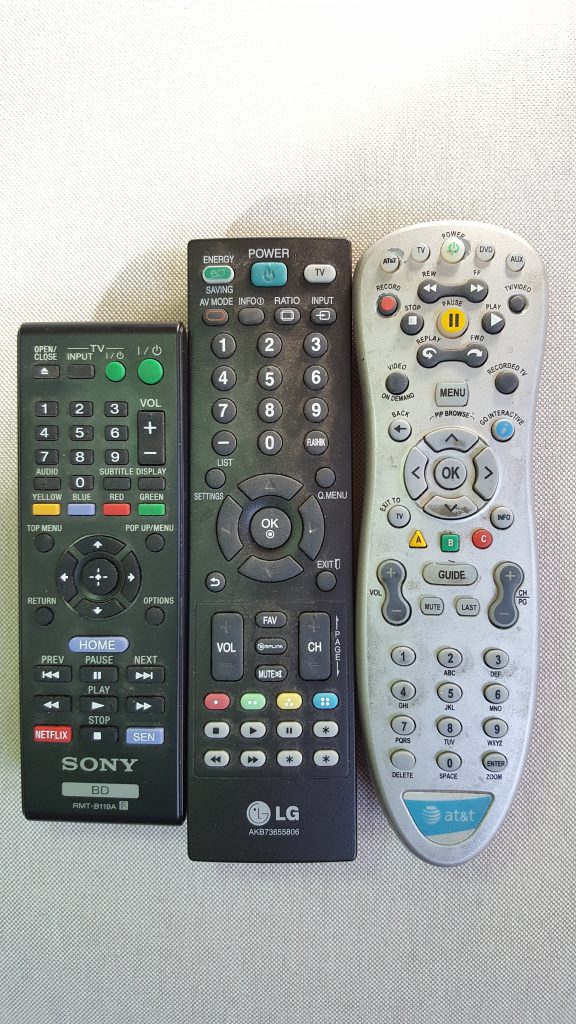I don’t own a car. Typically when I rent one, I rely heavily on Google Maps, or Waze, to help me get around. The challenge I run into is that I can’t navigate and drive at the same time. It’s also illegal and dangerous, so even if I was talented enough to manage both simultaneously, I still wouldn’t do it. However, the apps are pretty smart. Not only can the apps give me directions while I’m driving, I can also reroute my path on the go. My big problem is I never think to practice with the apps until I’m actually in the car heading somewhere, which is not the best time to start figuring out a new app.
A few weeks ago I was returning a rental car and I decided to just start using Google Maps with the voice commands. In order to communicate with the app, every question or request must start with the phrase, “ok, Google.” Even though I was the only one in the car, I felt a little silly speaking the magic words aloud.
I was about 10 minutes from the car rental place when I remembered that I had to fill up the gas first. “Ok, Google,” I commanded, while driving through morning rush hour traffic, “find me a gas station.” And just like that, the app reconfigured the directions to guide me to a gas station on the way to the car rental place.
I continue to be amazed by the advances in artificial intelligence (AI) and the many ways it is starting to impact my life, on both a personal and professional level.
In the end, Google turned out to be a pretty good navigator. The voice is a little annoying, and sometimes I get too many directions, but it was very helpful. I’ve heard that Waze is better for navigating through traffic, but I have yet to master the voice commands in that app. Maybe the next time I’m navigating, instead of driving, I’ll have a chance to figure it out.
I’m pretty curious about the self-driving cars, though for someone like me that rarely drives, it probably won’t be too different from just getting into a cab. I wonder if the self-driving cars will come equipped with robotic arms to help passengers load their luggage and parcels into the trunk, the way humans help each other out now.





